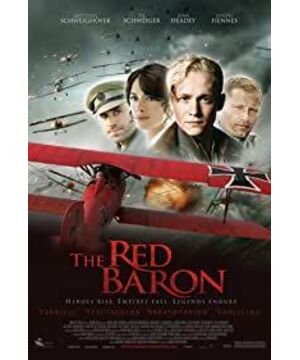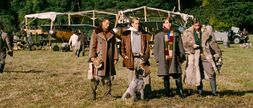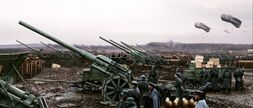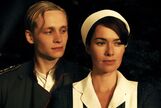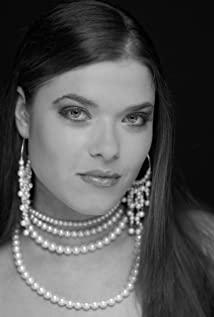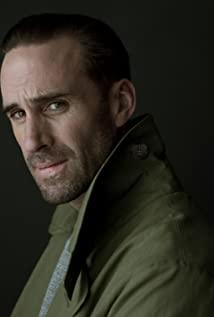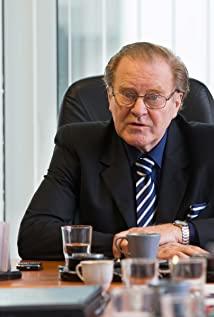Such a dramatic legend of Richthofen has also been repeatedly mentioned, extended or adapted in many later literary and film works of art. One of the most famous is the classic character Char Aznabu in Mobile Suit Gundam. Also as an ace pilot, all his planes are painted in full red. This is a tribute to Richthofen by the original author.
The film unfolds the legendary life of the protagonist Richthofen with a beautiful shot: Richthofen and his younger brother (later another ace pilot) ride horses in the mountains to chase the fighter jets in the sky. Thoeven looked up at the sky and spread his arms on horseback as the plane gliding overhead. ——In the subsequent plot, when the Allied bombers attacked the base at night, Richthofen also said: "I've got wings."——To echo this scene in the title. Afterwards, Richthofen and his three comrades ventured into the enemy-occupied area to lay a wreath to the dead opponent pilot, which was even more impressive and became the main tone of the whole film.
As an air combat movie, there are many wonderful aerial combat scenes throughout the film. Talking about all the elements and tactics of the classical air combat era, air combat, chasing, safari, escape, forced landing, pilot gestures, pistol shooting, etc. are all displayed. What is interesting, however, is that the entire film is devoted to two of the most important battles in Richthofen's life: the one in which he shot down the British ace pilot Major Llano Hock and was awarded the "Blue Max" medal; and finally In the battle of Richthofen's death, the method of leaving blank and brushing it all was adopted.
What I understood about the previous battle was that killing an enemy was not something to be proud of, as Richthofen had followed all his life as a gentleman. Richthofen rushed to the crash site after the death of Llano Hock and collected the enemy's landline logo. Later, with the important influence of the heroine on Richthofen's thought, the hero completely abandoned the image of the handsome pilot with high spirits at the beginning, and the tone of the whole film gradually became dark. Richthofen began to realize the cruelty and meaninglessness of war, and how fragile life is as a soldier, whether it's the enemy or me. And he, the great hero "Red Baron" loved and respected by the whole army and the people of the whole country, has only become a pawn in the war, used to inspire the soldiers and used to deceive them - he can also be like Richterho. Finn kills the enemy bravely and never die. As a result, in every air battle that followed, Richthofen's comrades-in-arms died one after another. There was no glorious and brave killing of the enemy, and there was no "Red Baron" heroic cavalry. Some were just the withering of young lives. . And the expression on Richthofen's face also changed slightly every time. Until the end, he expressed his despairing thoughts about the war through his novels and his showdown with the King of Prussia.
As for the last aerial battle of Richthofen's life, only the rising sun was left in the film, and Richthofen, who was about to take off, turned his head and smiled at the heroine. This reminds me of the dialogue between the Emperor and Nathan at the end of The Last Samurai:
- "Please, tell me how he died."
- "I'll tell you, how he lived."
View more about The Red Baron reviews


